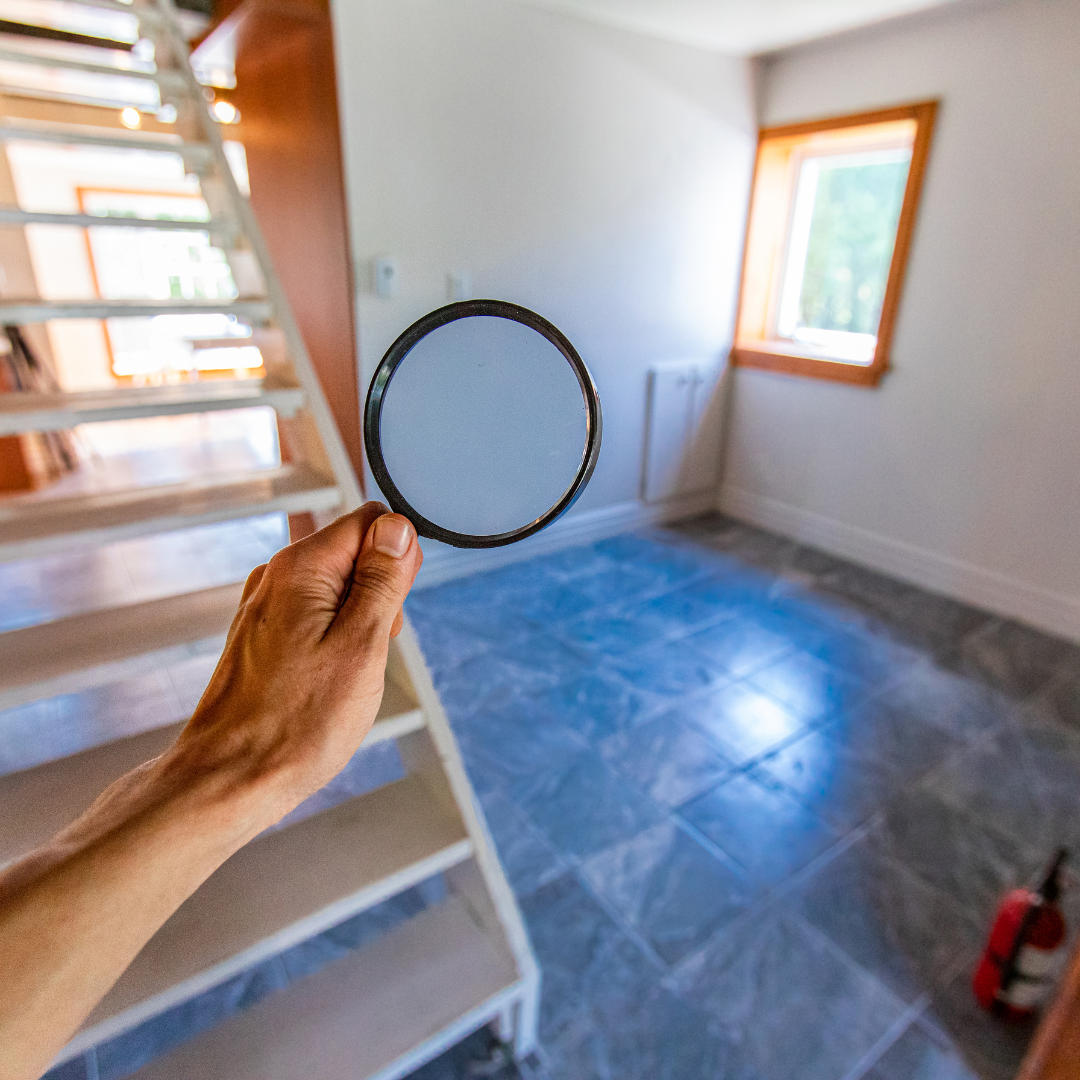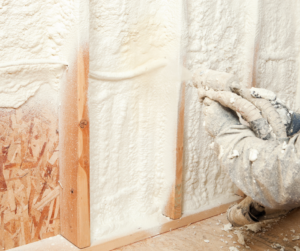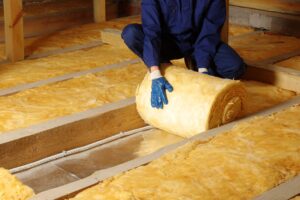The Significance of Home Insulation for Preventing Air Pollution
Wondering how insulating your home can prevent air pollution? Home insulation is an essential aspect of creating a comfortable living environment. While insulation is commonly associated with maintaining a consistent temperature within the home, it also plays a crucial role in sustaining optimal indoor air quality. This article discusses the relationship between insulation materials and indoor air quality, offering expert advice to help homeowners make informed decisions for a healthier living environment.
The Importance of Indoor Air Quality
Indoor air quality directly impacts the health and well-being of a building’s occupants. With people spending a significant portion of their time indoors, it is crucial to prioritize indoor air quality. Various factors can affect indoor air quality, including outdoor air pollution, indoor sources of pollution, ventilation, humidity, and building materials such as carpets, paint, and insulation. A well-insulated home can effectively reduce the infiltration of outdoor pollutants and control humidity, contributing to improved indoor air quality.
 Insulation Materials and Their Impact on Indoor Air Quality
Insulation Materials and Their Impact on Indoor Air Quality
Different insulation materials offer unique properties and can influence indoor air quality in various ways. Some common insulation materials include fiberglass, cellulose, spray foam, and mineral wool.
Fiberglass insulation is cost-effective and widely used. However, it can release tiny fibers into the air, potentially causing respiratory irritation. To minimize this risk, homeowners should ensure proper installation and sealing of fiberglass insulation and consider using encapsulated products.
Cellulose insulation, made from recycled paper products, is an eco-friendly option. While effective in insulating homes, it can harbor mold and mildew if exposed to moisture. To address this issue, homeowners should opt for cellulose insulation treated with mold-resistant additives and ensure proper installation to prevent moisture intrusion.
Spray foam insulation offers excellent thermal performance and air-sealing capabilities, making it an ideal choice for energy-efficient homes. However, it’s essential to consider potential indoor air pollution concerns. How can insulating your home prevent air pollution? Some spray foam products may emit volatile organic compounds (VOCs) during and after installation, which can affect indoor air quality. To mitigate this risk, homeowners can opt for low-VOC spray foam products and ensure adequate ventilation during installation. This proactive approach ensures a healthier and more eco-friendly living environment.
Mineral wool insulation, derived from natural minerals, is fire-resistant and effective at insulating homes. Although it can release tiny fibers into the air, these fibers are typically larger than those from fiberglass insulation, reducing the likelihood of respiratory irritation. Homeowners should choose high-quality mineral wool products to minimize potential air quality issues.
Insulation in Different Climates and Building Types
The insulation requirements and best practices vary depending on the climate and building type. For instance, homes in colder climates require more insulation to maintain consistent indoor temperatures and prevent heat loss. In contrast, those in warmer climates may prioritize insulation materials with excellent moisture resistance to manage humidity.
When it comes to different types of buildings, like single-family homes, multi-unit buildings, and even commercial properties finding the best solution for that particular property’s insulation needs can be daunting. Determining which insulation strategies will work best for your building type can be overwhelming. In cases like these, it’s a good idea to consult with insulation professionals. They can help guide you to the best approach for your needs.
They will also ensure that your insulation is properly installed and maintained, improving indoor air quality, energy efficiency, and overall comfort. Don’t hesitate to seek advice from the pros to identify the most suitable insulation materials and strategies for your specific situation. Homeowners and building owners should consult insulation professionals to determine the most appropriate insulation materials and methods.
Innovative Insulation Materials and Technologies
Recent insulation materials and technological advancements can improve indoor air quality and energy efficiency. For example, vacuum insulated panels (VIPs) are high-performance insulating materials that offer excellent thermal resistance in a thin profile, making them suitable for space-constrained applications. Bio-based insulation materials, such as sheep’s wool or hemp insulation, are gaining popularity for their renewable nature and potential to improve indoor air quality. Furthermore, integrating phase-change materials (PCMs) with insulation systems can enhance thermal regulation by storing and releasing thermal energy, helping maintain consistent indoor temperatures and reducing the need for heating and cooling.
Cost-benefit Analysis of Different Insulation Materials
As a homeowner, choosing the right insulation material can be a perplexing task. Considering the cost, energy savings, indoor air quality improvement, and return on investment is important. For example, spray foam insulation, while more expensive upfront, offers excellent thermal performance and air-sealing capabilities, potentially resulting in significant long-term energy savings. On the other hand, cellulose insulation is an eco-friendly and cost-effective choice but may require additional measures to prevent mold and mildew growth. Homeowners should weigh the pros and cons of each insulation material to determine the best option for their needs and budget.
Common Insulation Mistakes and How to Avoid Them
Several common mistakes homeowners make when installing or maintaining insulation can negatively impact indoor air quality. These include:
Insufficient or uneven insulation: can result in drafts and temperature fluctuations, compromising indoor comfort and air quality. To avoid this issue, ensure proper installation and even distribution of insulation material throughout the home.
Ignoring air sealing: Gaps and cracks around windows, doors, and other openings can allow outdoor pollutants to enter the home. Seal these areas to improve insulation effectiveness and indoor air quality.
Poor ventilation: Combining insulation with adequate ventilation is crucial for maintaining optimal indoor air quality. Ensure that exhaust fans are installed in kitchens and bathrooms, and consider investing in a whole-house ventilation system or air-to-air heat exchanger.
The Role of Ventilation in Maintaining Indoor Air Quality
Proper ventilation is vital for maintaining a healthy indoor environment. A well-ventilated home allows for the exchange of indoor and outdoor air, reducing the concentration of indoor air pollutants and maintaining a healthy balance of humidity levels. Ventilation systems, such as exhaust fans in kitchens and bathrooms, whole-house ventilation systems, and air-to-air heat exchangers, can work with insulation to ensure a comfortable and healthy living environment.
Conclusion: Invest in Proper Insulation for a Healthier Living Environment
Home insulation is critical to maintaining indoor air quality, energy efficiency, and comfort. How can insulating your home prevent air pollution? By understanding the impact of various insulation materials on air quality, the unique requirements for different climates and building types, and the latest innovations in insulation technology, homeowners can make informed decisions to improve their indoor environment and protect their health. Proper insulation, adequate ventilation, and regular maintenance can significantly enhance indoor air quality, energy efficiency, and well-being. With the right insulation choices, homeowners can create a healthier and more sustainable living space for themselves and their families.
Stay informed and consult experts when deciding on your home insulation and indoor air quality. Investing in proper insulation and following recommended guidelines will ultimately lead to a healthier, more comfortable, and energy-efficient living space for you and your family.


 Insulation Materials and Their Impact on Indoor Air Quality
Insulation Materials and Their Impact on Indoor Air Quality


